-
 The United Kingdom declared war on Germany in response to the invasion of Belgium.
The United Kingdom declared war on Germany in response to the invasion of Belgium. -
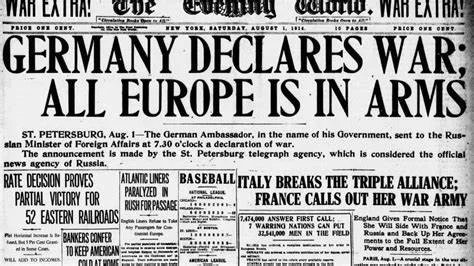 Germany declared war on Russia and then France, implementing the Schlieffen Plan to invade Belgium and attack France quickly.
Germany declared war on Russia and then France, implementing the Schlieffen Plan to invade Belgium and attack France quickly. -
The heir to the Austro-Hungarian throne was assassinated in Sarajevo by a Serbian nationalist, triggering a diplomatic crisis.
-
 Austria-Hungary declared war on Serbia. This set off a chain reaction of military alliances, expanding the conflict.
Austria-Hungary declared war on Serbia. This set off a chain reaction of military alliances, expanding the conflict. -
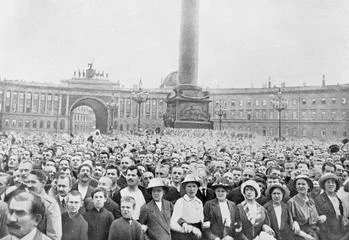 Russia, allied with Serbia, mobilized its troops, prompting a response from Germany.
Russia, allied with Serbia, mobilized its troops, prompting a response from Germany. -
 The Western Front became entrenched in a devastating stalemate, with battles like Verdun and the Somme causing massive casualties.
The Western Front became entrenched in a devastating stalemate, with battles like Verdun and the Somme causing massive casualties. -
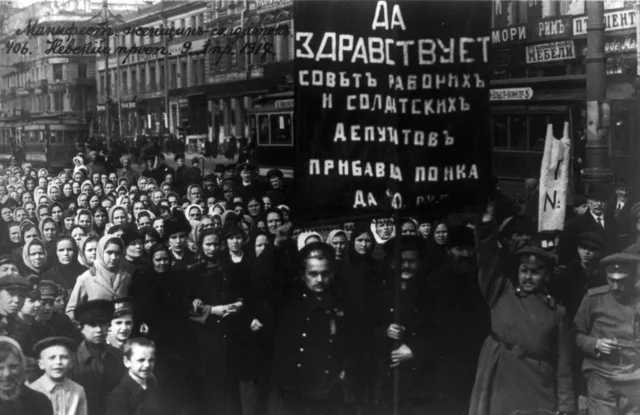 Amid social and economic turmoil, Tsar Nicholas II abdicated, leading to the establishment of a provisional government in Russia.
Amid social and economic turmoil, Tsar Nicholas II abdicated, leading to the establishment of a provisional government in Russia. -
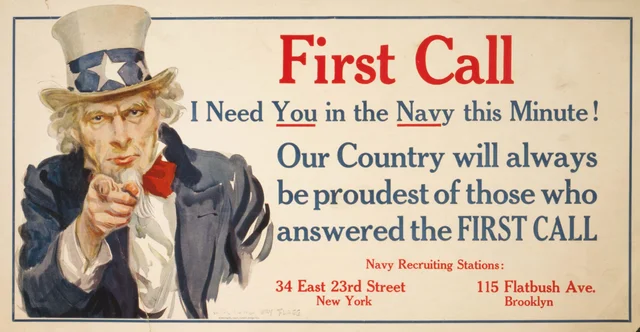 The U.S. entered the war on the side of the Allies following German submarine attacks and the interception of the Zimmermann Telegram.
The U.S. entered the war on the side of the Allies following German submarine attacks and the interception of the Zimmermann Telegram. -
 The Bolsheviks, led by Lenin, seized power in Russia, establishing a communist government.
The Bolsheviks, led by Lenin, seized power in Russia, establishing a communist government. -
 The treaty imposed severe sanctions on Germany, redrew European borders, and established the League of Nations, laying the groundwork for future conflicts.
The treaty imposed severe sanctions on Germany, redrew European borders, and established the League of Nations, laying the groundwork for future conflicts. -
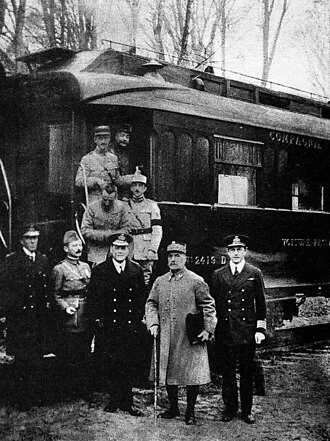 An armistice was signed, bringing an end to the fighting in World War I.
An armistice was signed, bringing an end to the fighting in World War I. -
 Russia signed a peace treaty with the Central Powers, officially withdrawing from the war and ceding large territories.
Russia signed a peace treaty with the Central Powers, officially withdrawing from the war and ceding large territories. -
 Germany launched a major offensive on the Western Front, but Allied forces eventually repelled the attack.
Germany launched a major offensive on the Western Front, but Allied forces eventually repelled the attack. -
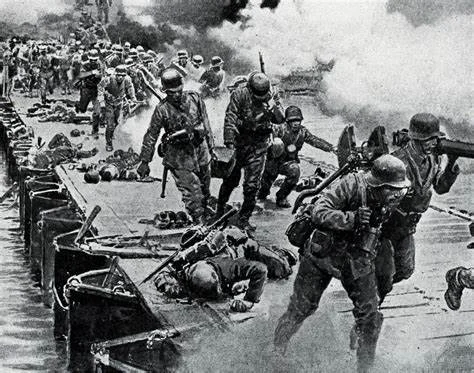 The Allies launched a successful counteroffensive, significantly weakening German forces.
The Allies launched a successful counteroffensive, significantly weakening German forces. -
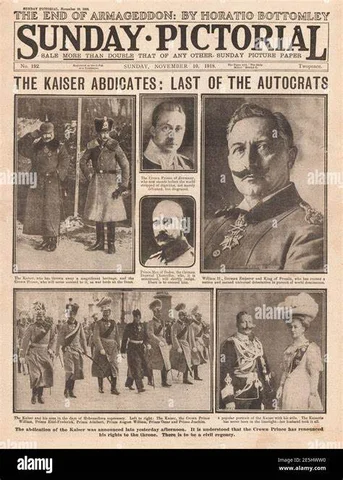 Facing widespread unrest, Kaiser Wilhelm II abdicated, and Germany became a republic.
Facing widespread unrest, Kaiser Wilhelm II abdicated, and Germany became a republic.